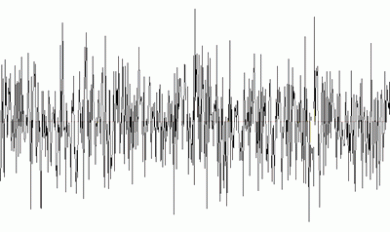Born in 1936 to Italian immigrant parents, Don DeLillo grew up in a blue-collar, working-class neighborhood in the Bronx, an area whose sights and sounds would eventually fill the pages of his novels. As a child, DeLillo was more interested in sports and the life of the city than with academics and literature. He was eighteen when he began to seriously read the works of writers like William Faulkner, Ernest Hemingway, and James Joyce, whose experiments with language would particularly influence him. Throughout his college years at Fordham University, New York City played a pivotal role in DeLillo’s education. The booming jazz scene of Greenwich Village, the explosion of abstract expressionism, and the foreign films of Jean-Luc Godard and Federico Fellini—none of which were readily available outside of New York in those days—were central to DeLillo’s early development as an artist.
DeLillo’s dense, lyrical, precise novels have come to be considered classics of American postmodern literature. Postmodernism is a wide-ranging and slippery term applied to art, literature, philosophy, history, and numerous other disciplines. It denotes a historical period, beginning roughly around the end of the World War II and continuing until today, as well as a particular set of concerns, affinities, sensibilities, and forms. Generally speaking, postmodern literature is fascinated by the trappings of contemporary bourgeois culture. In particular, DeLillo is preoccupied with the rise of technology, the power of images, and the pervasiveness of the media. Like many postmodernists, DeLillo finds popular culture highly compelling, and celebrities, cult figures, and pop icons appear frequently throughout his novels. In White Noise, the postmodern condition is manifested as a kind of information overload, as the protagonist, Jack Gladney, moves through a world increasingly submerged in marketing imagery and media stimuli.
DeLillo’s novels are also characteristically postmodern in the anxious, skeptical way they treat the question of knowledge. Philosophically, postmodernism contends that real, definitive knowledge is impossible and that truth is forever shifting and relative. Complex and intricately woven, DeLillo’s novels string together a never-ending web of connections that ultimately frustrate any attempt to draw definite conclusions. ThroughoutWhite Noise, Jack Gladney, the narrator, constantly connects seemingly random events, dates, and facts in an attempt to form a cohesive understanding of his world. Behind that attempt lies a deep-seated need to find meaning in a media-obsessed age driven by images, appearances, and rampant material consumption.

